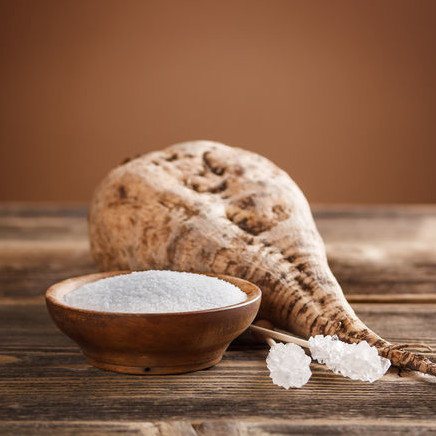Discover the Uses and Perks of Beet Sugar Vs Cane Sugar in Your Daily Diet Regimen
Exploring the distinct high qualities of beet and cane sugar exposes greater than simply their sweetening capabilities; it highlights their special influence on wellness and cooking arts. Beet sugar, known for its subtle flavor, is commonly favored in delicate desserts, whereas cane sugar, with its tip of molasses, adds splendor to robust recipes. Each type holds its own nutritional profile and glycemic implications, inviting a deeper understanding of their roles in a well balanced diet regimen and sustainable intake practices.
Origin and Production Processes of Beet and Cane Sugar
The unique climates and soil types needed for expanding sugar beetroots and sugarcane add to differences in their cultivation practices and geographical distribution, influencing the economics and sustainability of their manufacturing. beet sugar vs cane sugar.
Nutritional Contrast In Between Beet Sugar and Cane Sugar
Regardless of originating from different plants, beet sugar and cane sugar are nutritionally really similar, both mostly containing sucrose. Each provides about 4 calories per gram, translating to approximately 16 calories per teaspoon. Structurally, both sugars are made up of roughly 99.95% sucrose, with marginal amounts of various other materials like wetness and trace minerals, which do not substantially modify their nutritional accounts.

Ultimately, when picking between beet sugar and cane sugar based upon nutritional web content alone, both offer the same benefits and drawbacks as they are essentially kinds of the same particle-- sucrose, providing fast energy without various other nutrients.
Effect On Health And Wellness: Glycemic Index and Caloric Material
Checking out additionally right into the effects of beet sugar and cane sugar on health, it is very important to consider their glycemic index and caloric web content. Both sugars are identified as sucrose, which consists go to the website of glucose and fructose. This structure leads them to have a comparable influence on blood sugar levels. The glycemic index (GI) of both beet and cane sugar is around 65, classifying them as high-GI Recommended Reading foods, which can create fast spikes in blood glucose degrees. This is an essential facet for people taking care of diabetic issues or those trying to stabilize their energy degrees throughout the day.
Each sort of sugar contains about 4 calories per gram, making their calorie web content equivalent. For those keeping track of caloric consumption, specifically when handling weight or metabolic health and wellness conditions, understanding this equivalence is essential (beet sugar vs cane sugar). Nonetheless, extreme consumption of any kind of high-calorie, high-GI food can add to health and wellness issues such as excessive weight, heart illness, and insulin resistance.
Environmental and Economic Factors To Consider of Sugar Production
Beyond wellness impacts, the manufacturing of beet and cane sugar also elevates significant ecological and financial issues. Sugar beet farming has a tendency to call for cooler climates and has a reduced geographical footprint contrasted to sugar cane, which thrives in tropical areas. Both plants are intensive in terms of water usage and land line of work, potentially leading to deforestation and water deficiency. Economically, the international sugar market is very unstable, affected by adjustments in international profession policies and subsidies. Many countries incentivize sugar production via financial backing, skewing market value and affecting small-scale farmers adversely.
Furthermore, the usage of chemicals and plant foods in both beet and cane sugar growing can lead to dirt degradation and pollution, further affecting biodiversity and neighborhood water bodies (beet sugar vs cane sugar). The selection in between growing sugar beet or cane commonly click to read more rests on regional ecological conditions and economic elements, making the sustainability of sugar production a complicated issue
Culinary Applications and Flavor Differences
While the environmental and economic elements of sugar manufacturing are indeed considerable, the choice between beet and cane sugar likewise influences cooking applications and taste accounts. Beet sugar, derived from the sugar beet plant, is known for its incredibly neutral taste.
Cane sugar, drawn out from sugarcane, usually retains molasses traces, which give a distinct richness and depth. The small variant in dampness content between beet and cane sugar can impact the texture and consistency of meals, making cane sugar a favored selection for details recipes that profit from its unique residential properties.

Conclusion
In conclusion, both beet and cane sugar have distinct beginnings and manufacturing procedures, using similar nutritional profiles with small differences in sodium material and flavor. While their influence on wellness, specifically pertaining to glycemic index and calories, is equivalent, the selection in between them often boils down to ecological, financial aspects, and certain cooking requirements. Recognizing these elements can lead customers in making notified decisions that straighten with their health and wellness goals and flavor choices.